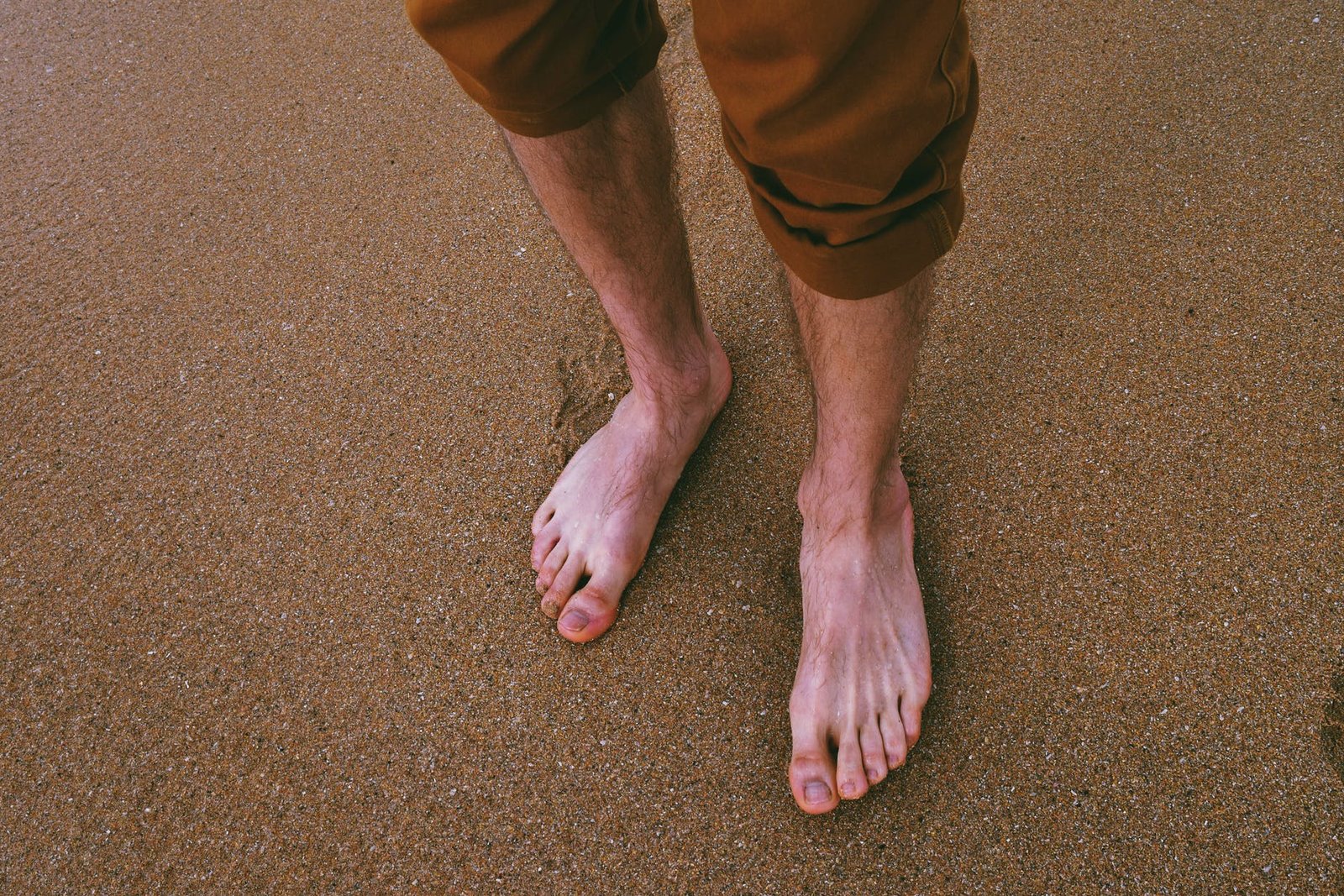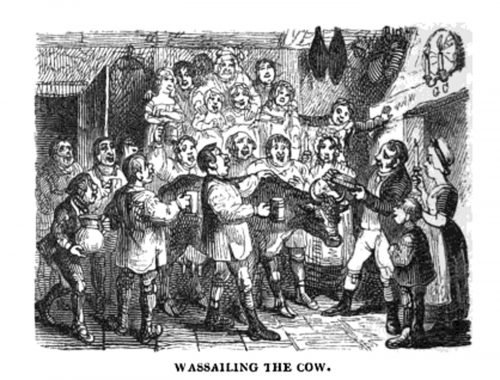British New Year’s traditions
Although we often concentrate on Christmas traditions, for some, New Years’ traditions can be very significant.
New Year’s Eve
For some, New Year’s Eve meant thoroughly cleaning the house to start the new year clean. Old superstitions required the removal of ashes, rags, scraps and anything perishable from the house so that nothing was carried over from one year to the next. In this way, they would preserve their good luck was preserved and bad luck banished
Some celebrated with the family or a party gathering in a circle before midnight. At the stroke of the midnight hour, the head of the family would open the front and back doors to usher out the old year out the back and welcome the new year in the front.

In Yorkshire one traditionally says “black rabbits, black rabbits, black rabbits” as the clock is about to chime midnight then, as the clock strikes twelve, say “white rabbits, white rabbits, white rabbits” as the first utterance of the new year. This will bring good luck.
First Footing
Some Scots and residents of northern England believed in ‘first footing’—the first visitor to set foot across the threshold after midnight on New Year’s Eve affected the family’s fortunes. A tall, dark, and handsome male stranger without physical handicap was the best omen, especially if his feet were the right shape.
High-insteps implied that “water would run under”—that is bad luck would flow past. A flat foot meant bad luck, as did women in most cases. These omens were not fully agreed upon though. For some, blonde or red-headed, bare-foot girls were bringers of good luck, but not in Yorkshire where the first footer had to be male.

The first-footer entered through the front door. Tradition held that no one spoke until the ‘first-footer’ wished the occupants a happy new year. Ideally, the first-footer would come bearing traditional gifts: coin, a lump of coal, a piece of bread or shortbread, whiskey, salt and black bun—representing financial prosperity, warmth, food, good cheer, and flavor in the new year.
Once inside, the first-footer would be led through the clean home to place the coal on the fire and offer a toast to the house and all who lived there. Then the first-footer might be permitted to kiss every woman in the house. The first-footer would leave through the back door and take all the old year’s troubles and sorrows.
Dark haired young men often made the rounds of the neighborhood houses, bringing good luck to the homes and to themselves when they were invited in for a holiday toast. Although in many places for the first-footer could be a resident of the house, it was imperative that they not be in the house at the stroke of midnight or they could not be considered a true first-footer. In Worcestershire, householders would take luck into their own hands, ensuring good luck by stopping the first carol singer who appeared and leading him through the house.
New Year’s Day
A variety of traditions for New Year’s Day suggested how one might discern or influence their fortunes for the coming year.

One custom was to hook a pancake on one of a cow’s horns, then sing and dance around the unsuspecting bovine. If the cake fell off in front of the cow, it foretold good luck, if behind, bad. (Of course I have to imagine not getting gored by a ticked-off cow would signal good luck, but that’s just me.)
In Radnorshire (Wales) , Herefordshire and Hertfordshire farmers might participate in the Burning Bush custom. At sunrise on New Year’s Day, a hawthorn bush would be burned in the straw on the wheat fields to ensure good luck and bountiful crops. The bushes sometimes hung in the kitchen until the next year.
Creaming the Well
In some regions (particularly Scotland), young women raced to draw the first water from the well in a practice known as ‘creaming the well.’ Possession of this water meant marriage with in the coming year if she could get the man she desired to marry to drink the water before the end of the day.
Others believed the water had curative properties and even washed the udders of cows with it to insure productivity.
In another attempt to predict their marriage partners, young women would drop egg whites into water on New Year’s Day. They believed that the first letter of the name of man they would marry would appear in the swirling goo. (I can’t quite imagine how you would see a letter in that, but that’s neither here nor there, right?)
News Years’ Gifts
Until the 18th century, gifts were exchanged on New Year’s Day instead of Christmas or Twelfth Night (Epiphany). Food, money, and clothing were traditional gifts, with gloves being particularly popular.

In some places (especially Wales), on New Year’s day, children would sing door to door at the neighbor’s houses. In return (or perhaps simply to make them go away) they would be given coins, mince pies, apples and other treats. The singing must accomplished by noon or the singers will be called fools.
A Welsh New Years’ gifting tradition is known as Calennig. Gifts are exchanged particularly between family members. Food, money and other gifts might be given. Window sills and mantelpieces were often decorated with a calennig made from an apple stuck with three twigs to form a tripod, coated in spices, dried fruit and nuts and topped with a sprig of evergreen. These were seen as bringers of good fortune for the coming year.
Scottish Hogmanay
Hogmanay—a Scottish new year celebration dates back to Norse celebrations of the winter solstice. The custom of first-footing is strongly associated with Hogmanay. In fishing communities, first footers carried decorated herring. (Of course, now I’m wondering how does one decorate a herring—but I digress.)
A variety of parades and ceremonies involving fire were (and still are) popular. In northeast Scotland, fireball swinging remains popular. Balls of wire stuffed with flammables would be attached to wire, chain or nonflammable rope and swung around the carriers’ heads in a memorable display ending with the balls being cast into a large body of water. Other similar parades involved carrying torches or burning half-barrels on the bearer’s heads.
In the Highlands Hogmanay would be celebrated with the blessing of the household and livestock. Early on New Year’s morning, water obtained from a river ford routinely crossed by both the living and the dead is first drunk by the householders, then sprinkled in every room of the house, the beds, and the inhabitants. Afterwards, the house is sealed and juniper branches lit on fire and carried through the house, the juniper smoke fumigating the home until everyone is coughing and sneezing. At this point, all the doors and windows are opened to allow in the fresh new year’s air. After a restorative from the whisky bottle, the household could sit down to its New Year breakfast.
Traditional New Year’s foods include: shortbread, venison pie, haggis, black bun (fruitcake wrapped in pastry) and rumbledethumps, similar to bubble and squeak or colcannon.
If you enjoyed this you might enjoy the scenes: Anne de Bourgh creaming the well and A First Footer at Longbourn.

This was enjoyable. My family’s tradition is similar to the Scott’s, but you must also cook black-eyed peas (money) and collard greens (health).